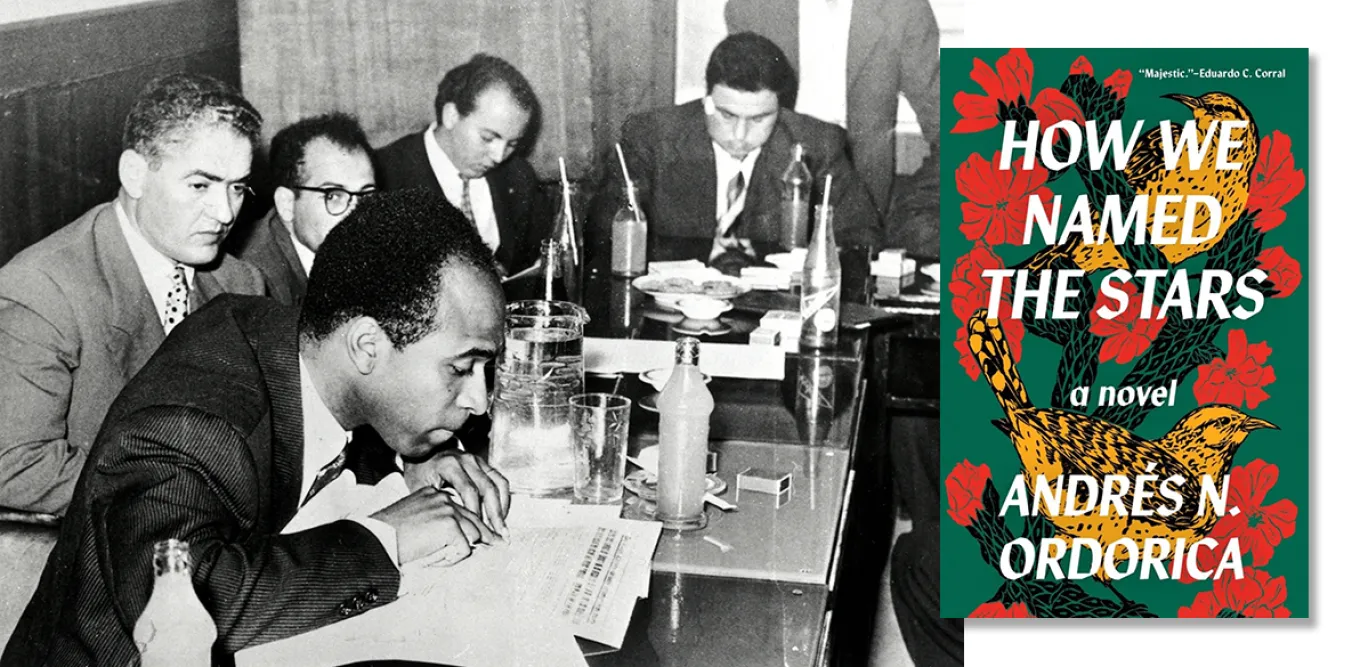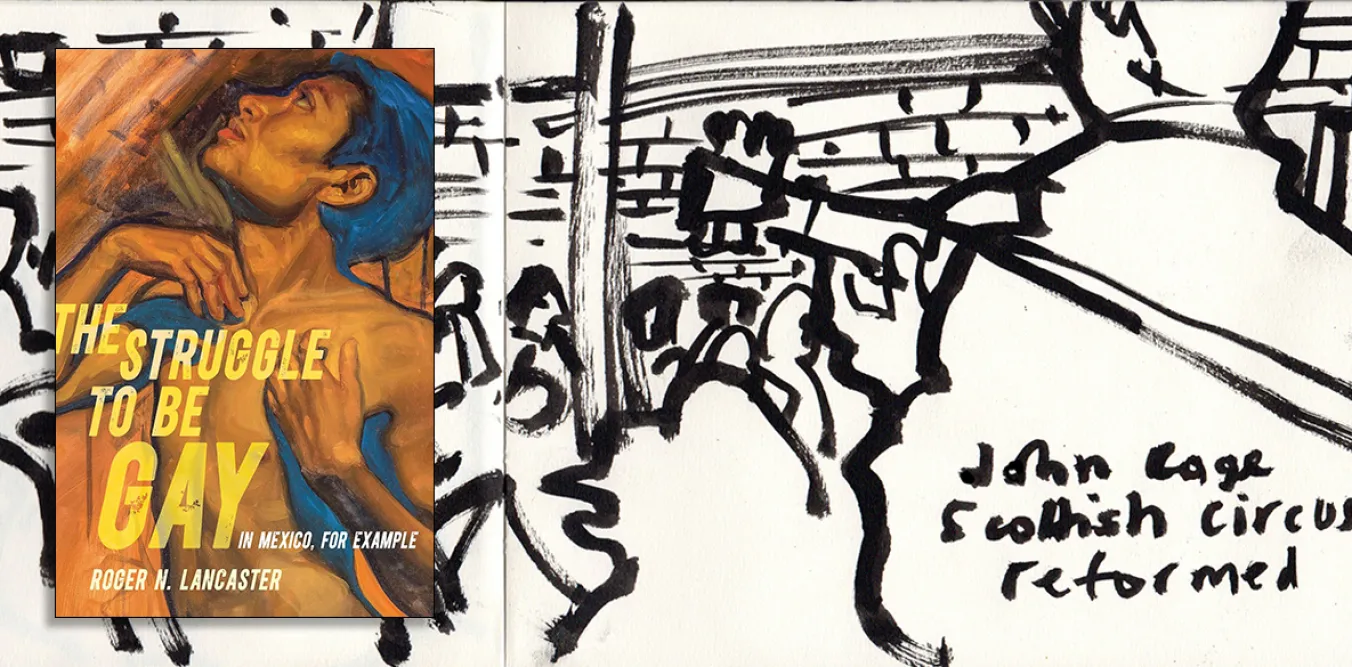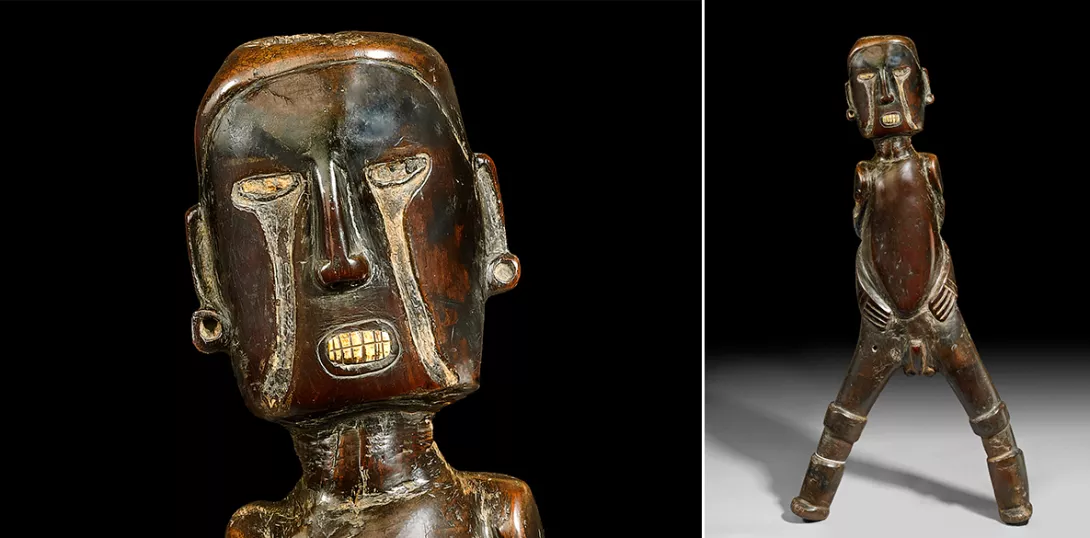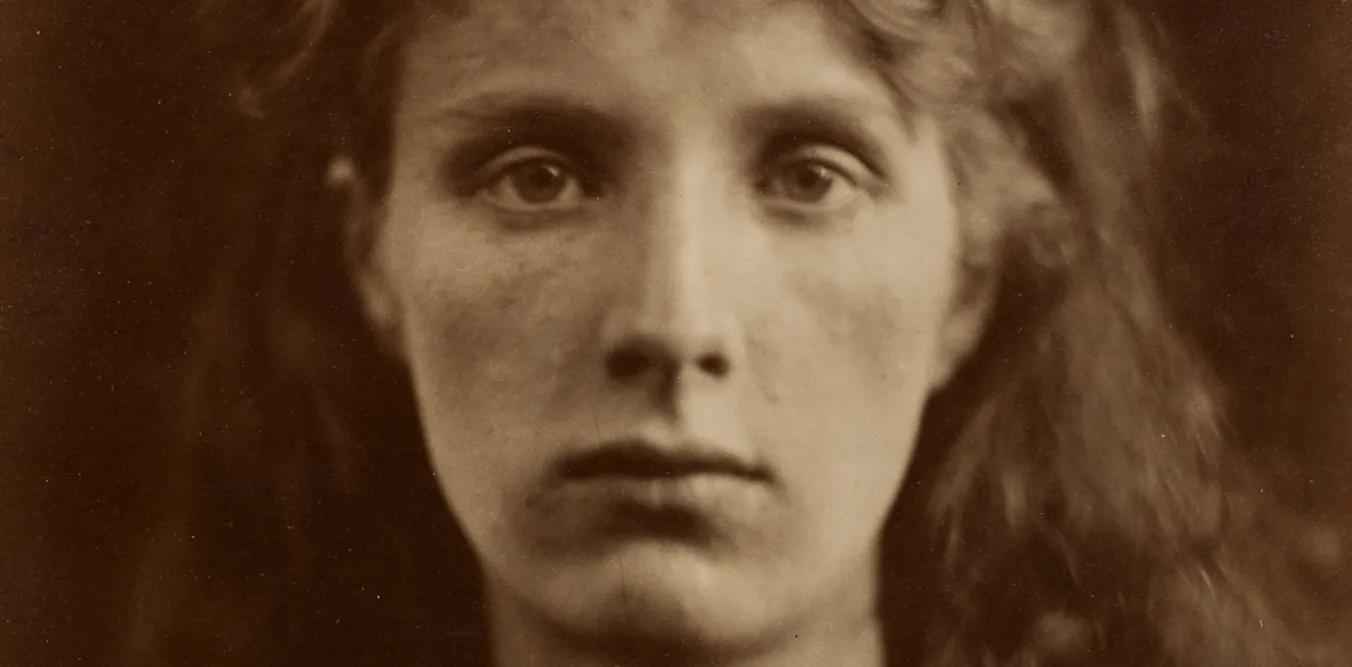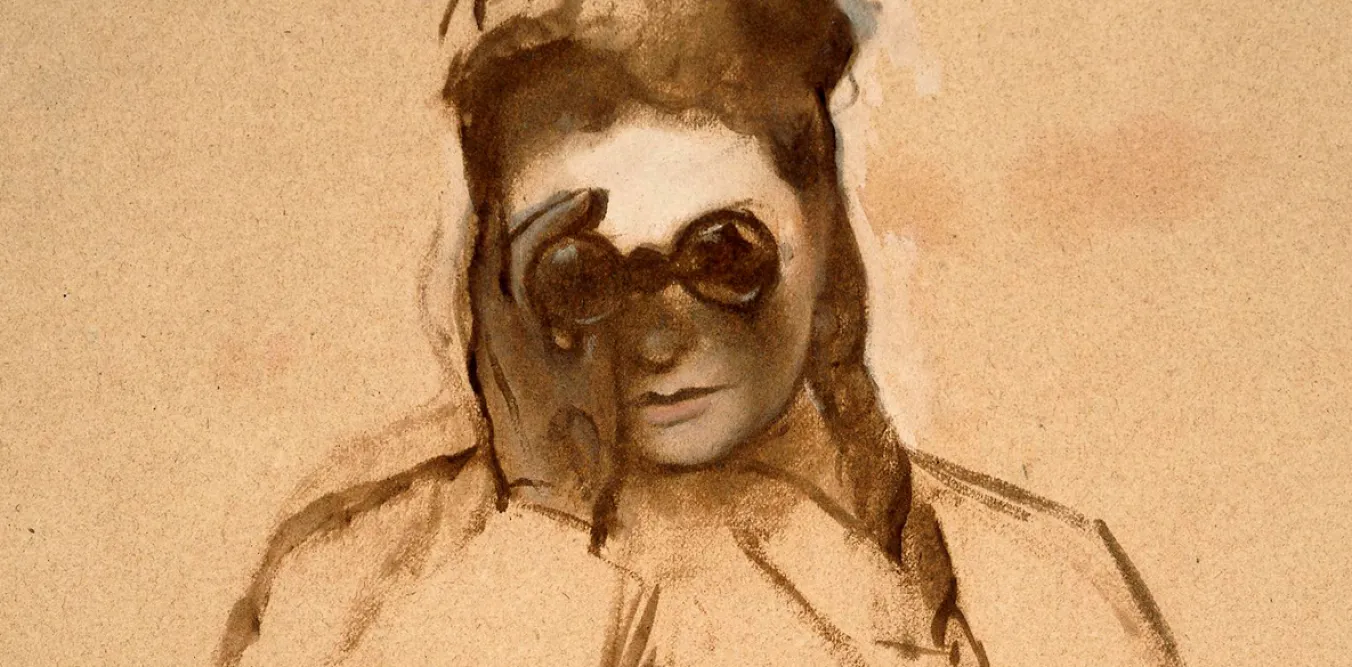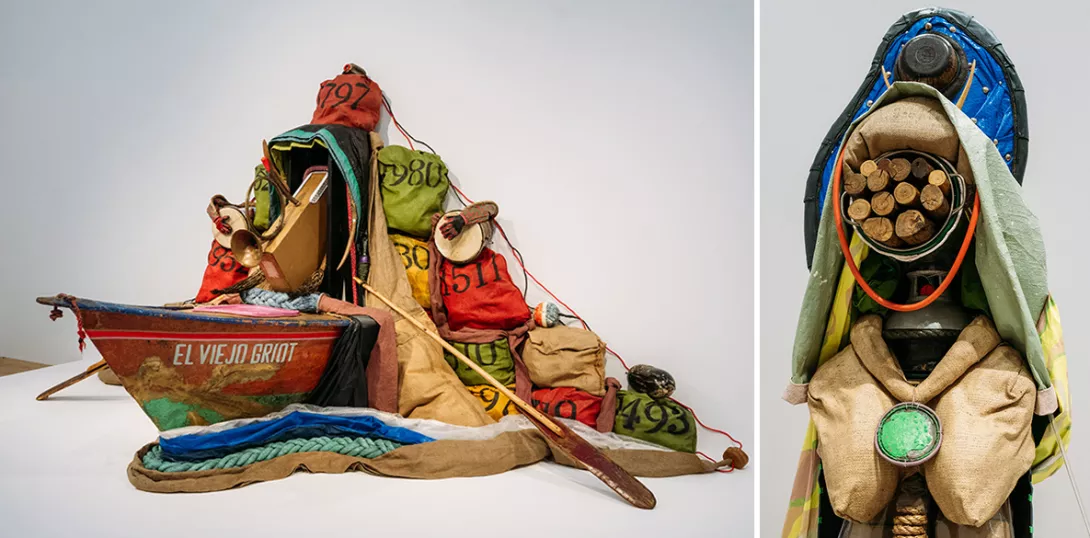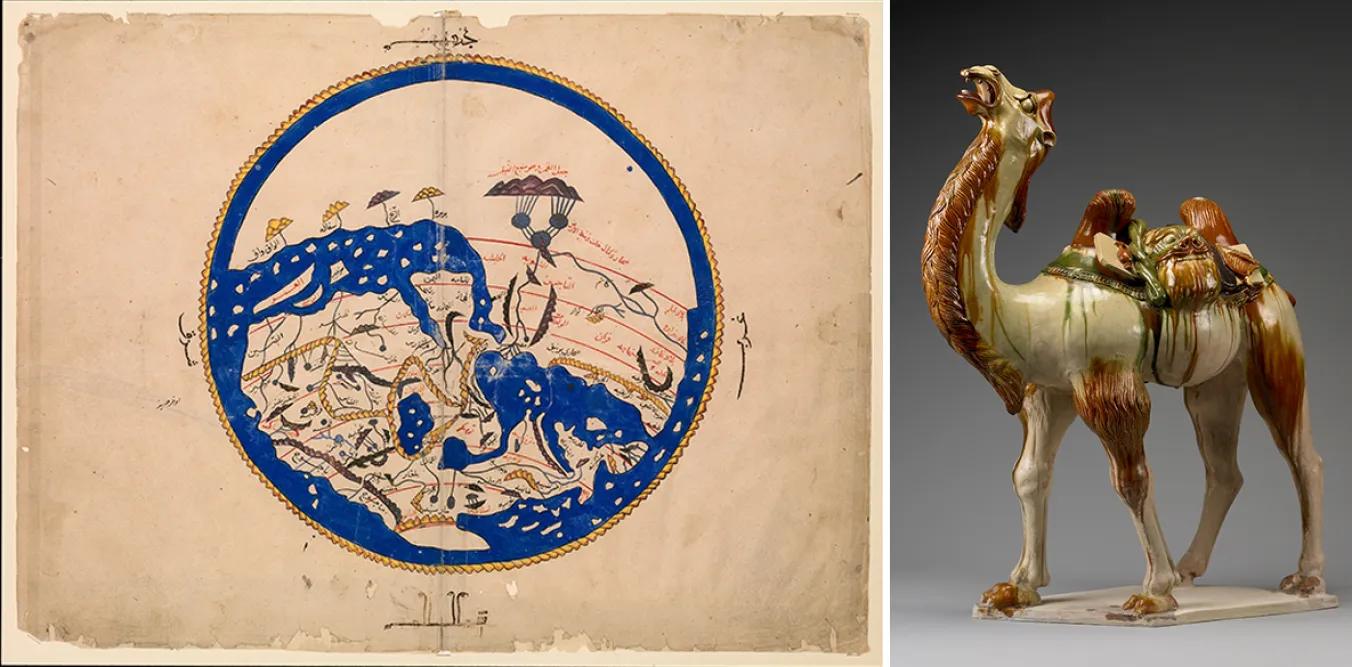
Silk Roads
British Museum, London
SILK ROADS is not quite what it seems.
The publicity evokes the classic image of the Silk Road, as a silhouetted camel caravan ascends a dune somewhere in central Asia.
And Silk Roads does showcase the splendour of China in its chosen period, the Tang dynasty (618-907 AD). It bristles with treasures, from pottery camels to spectacular silk wall hangings depicting Buddhist devotional scenes from the monastic cave complex at Dunhuang; steles illustrate the Tang empire’s tolerance for the Christian and Zoroastrian faiths in its bustling, multicultural capital Chang’an; the hoard of a ship sunk off the Indonesian coast over 1,000 years ago demonstrates China’s early mastery of mass production, packed with 60,000 items for sale, much of it mass-produced ceramics from huge, state-owned factories.
